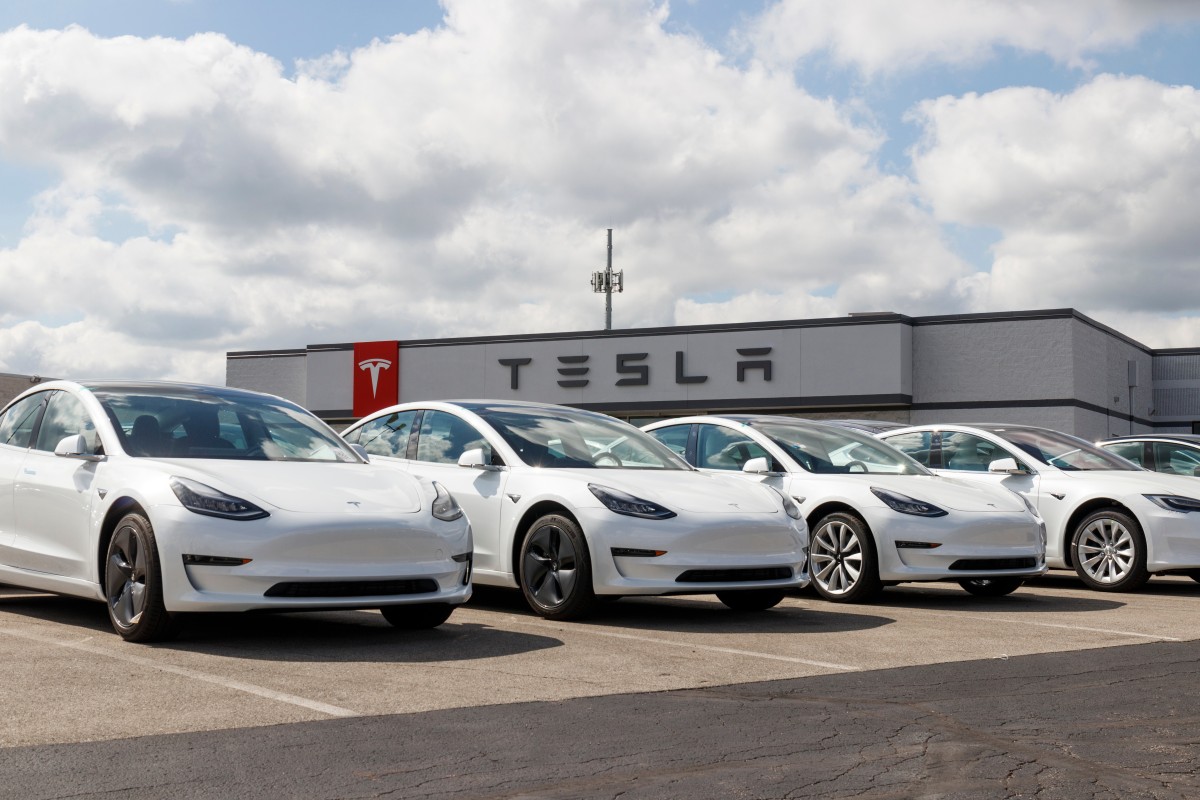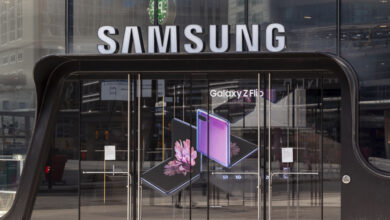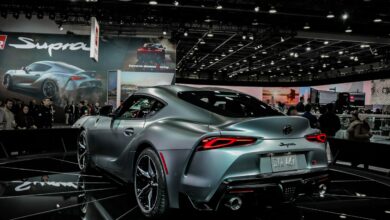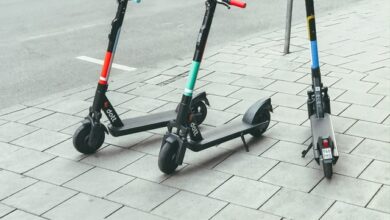Tesla Recalled 130K Vehicles Due to Infotainment System Overheating

Teslas are very stylish, advanced cars with a lot of technology built-in. But there have been some safety concerns with the vehicles, and when software is involved, there can be some serious legal risks. Tesla drivers have been injured and killed in accidents involving their electric cars. In addition, concerns have been raised about the safety of the autopilot feature in Tesla cars. We’ll review how the feature works and what you need to know before using it.
Read More »Tesla Driver Assist system
Tesla vehicles are equipped with Vehicle-to-Vehicle and Vehicle-to-Infrastructure technology to help avoid crashes. Non-Tesla cars can be retrofitted with similar technology to reduce collisions in the future, but Tesla makes its own independently developed software for this function. The technology is called Autopilot. Tesla describes it as an advanced driver-assistance feature that allows the driver to remain in control of the vehicle while still using some assistance from the autopilot system.
According to a Tesla Model S owner, the system is designed to warn or disable Autopilot if its sensors detect the risk of collision. The driver’s hands are on the wheel, and his eyes are open. The driver checks the road before him, but he is not driving, just monitoring. The car senses this and will cease to operate if there is no human at the wheel. But even still, as one driver put it, you do not want to sit in my lane and be in cruise control at 70 miles per hour.
•The system is designed to work with a driver paying attention and ready to take over if needed. The driver is responsible for the safe operation of the vehicle. Here are three things you should know about how the system works before using it.
1. Automatic Steering
If your Tesla car detects that you have turned away from the road ahead, it will send an alert and begin to auto steer toward the lane edge. It will also turn on hazard lights if it thinks you will hit something.
2. Automatic Lane Change
If you have your hands on the wheel, turn your attention away from the road, and take no action to avoid a collision for more than two seconds, Tesla will initiate an automatic lane change maneuver. The car uses the car in front of you as a guide to calculate where you should be about the traffic ahead. It will then notify you with an alert and begin auto-steering toward that location. It then activates hazard lights if it thinks you will hit something.
3. Automatic Braking
If you are not paying attention, your car will activate automatic braking, similar to automatic steering. If you lift your hands off the wheel or turn your attention away from the road for more than two seconds, Tesla will use a forward-facing camera and sensors to detect objects behind you that would be nearby of a crash. The car will then notify you with an alert and begin auto braking. It will then activate hazard lights if it thinks you will hit something.
•All the alerts, warnings, and auto-steering features are not available. They are conditions that must be met before operating the segments. And unlike regular cruise control, you have to keep your hands on the wheel.
The car can be driven hands-free for short periods if set in Autosteer mode, and your hands are on the wheel. But you must monitor road conditions and be ready to resume manual control when necessary. You cannot set it to Autosteer in wet weather, and it will not lane change in low-traction conditions.
•Tesla drivers should understand that using the Driver Assist system means you must be ready to take over if needed. The vehicle senses the driver is not paying attention and will not stop if the car thinks a collision may occur. Unlike regular cruise control, you have to keep your hands on the wheel no matter what.
The vehicle can be driven hands-free for short periods if set in Autosteer mode, and your hands are on the wheel. But you must monitor road conditions and be ready to resume manual control when necessary. And you cannot use it in low-traction situations.
•Tesla has a software update feature that can take over most of the functions of Autopilot. Still, its position may be limited until regulators approve changes to how Tesla uses it.
Tesla’s use of Autopilot has been a controversial subject. Tesla CEO Elon Musk estimated that the system could have prevented 90% of all car accidents in the United States in 2017. But there were some crashes where the driver could not stop in time and crashed into a tree or a parked vehicle.
• Tesla’s Autopilot feature allows an automatic lane change system, but it does not change lanes to allow you to pass another car on the road. The system will only change lanes for a situation where another car is immediately behind you and cannot move forward in time to avoid a collision.
The company does not intend for its cars to be used as minivans or where there are other cars on the road. It does not interfere with traffic flow on highways, intersections, or stop signs. Tesla disclaims any responsibility should there be an accident that is the driver’s fault.
•The driver is responsible for the safe operation of his vehicle while using Autopilot. The system cannot detect road debris or other objects on the road that could endanger the car or driver. The vehicle will only function if it has not seen a thing in its path.
Even though a computer is driving it, it is still a vehicle and should be operated accordingly. If there is an object in its path, the driver must take over or stop. It is advised that drivers do not use Autopilot on city roads. It is designed for highways and roads with clear lane markings.
Autopilot is a new technology that enables Tesla to offer more features and functionality at a lower price. It will provide more safety and convenience for drivers, but it poses some risks to drivers who are not ready for it. It is best used in conjunction with human drivers who are prepared for it, but action will be required by the driver who wants to use it.
Drivers must be ready to take over if needed. And Tesla has not addressed what will happen to this technology if the driver is in a situation where he cannot take over. It means Tesla drivers who use Autopilot must be aware of the capabilities and limitations of this system.
The system allows the driver to have more convenience and enjoyment while driving, but drivers must understand that it is not perfect and cannot make decisions for them or go for them.
Did you find this content useful? Feel free to bookmark or to post to your timeline for reference later!





